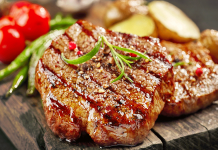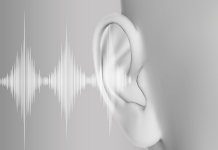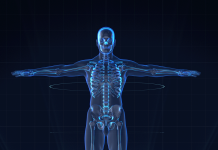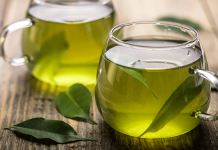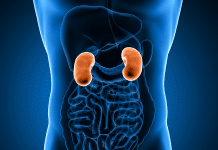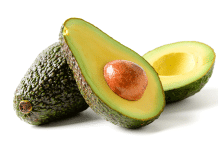Acid reflux/ acid indigestion/ heartburn/ pyrosis is a condition where the acid regurgitates from the stomach back into the esophagus where the lower esophageal sphincter remains open and flushes back leading to burning sensation or heartburn within the chest area. When acid reflux is seen twice a week then it is considered as GERD or gastroesophageal reflux disease.
Acid reflux occurs due to the backflow of the acidic content from the stomach to the esophagus. The stomach contains acidic content i.e. hydrochloric acid which is a strong acid that helps in food breakage and protects the gut against harmful bacterial pathogens. The stomach lining is created in such a way by nature that it is protected against the HCL while the esophagus is not prone to undergo acidic content due to which it feels painful and a burning sensation. The gastroesophageal sphincter over the stomach border usually serves as a valve which normally allows the food to pass into the stomach without any regurgitation into the esophagus but when there is a failure of the valve the stomach contents regurgitate back into the esophagus leading to heartburn.
No Time to Read. Watch this Video.
Acid reflux can affect people of all ages and it usually occurs due to unknown reasons. It might occur due to the lifestyle factors but certain reasons which usually cannot be prevented by you. One of the unpreventable causes leading to acid reflux includes hiatal hernia. There are other risk factors that lead to acid reflux like obesity, excess smoking/ alcohol consumption, low levels of activity and no indulgence in exercises. You can also suffer from medications like drugs for asthma, antihistamines, calcium channel blockers, sedatives, antidepressants, and painkillers. Acid reflux can also occur due to pregnancy and due to extra pressure over the internal organs. There are certain dietary habits as well which can lead to acid reflux like intake of caffeinated beverages, excess consumption of alcohol, excess intake of salty foods, diet which is low in fiber, consumption of large meals, immediately lying down after 2-3 hours once you eat the meal, consumption of carbonated drinks/ chocolates along with the acidic juices.
The common symptoms faced during acidic reflux include heartburn, wheezing, persistent/ dry cough, recurrent pneumonia, asthma, vomiting, nausea, bad breath, dental erosion, and upper abdominal or chest pain, nausea, vomiting, and swallowing issues.
There are certain treatment options for relieving acid reflux such as proton pump inhibitors, H2 blockers, over-the-counter medications, and alginate drugs. These medications are quite safe and effective which helps in reducing the production of acid while reducing the damage to the esophageal lining. Antacids are also advised for relieving acid reflux that is perfect for short-term relief of decreasing the acidic content within the stomach. Antacids have chemicals like sodium bicarbonate, calcium carbonate, magnesium hydroxide and aluminum which aids in reducing the stomach acidity. Alginate drugs are also advised which are best for heartburn therapy. Antacids work by creating a protective barrier around the lining of the esophagus against the stomach acid.
There are different treatment options as well for relieving acid reflux such as GABA receptor agonists, prokinetic agents, selective serotonin reuptake inhibitors, pain modulators, sucralfate acid suppressants, and others. there are also lifestyle measures that help in relieving acid reflux like improving your postures such as during sitting/ standing/ weighing heavy lifts, wear loose clothes, reducing your weight, avoid any excess pressure over the abdomen, quit smoking and alcohol.
Until Next Time,
Team ASKY!
